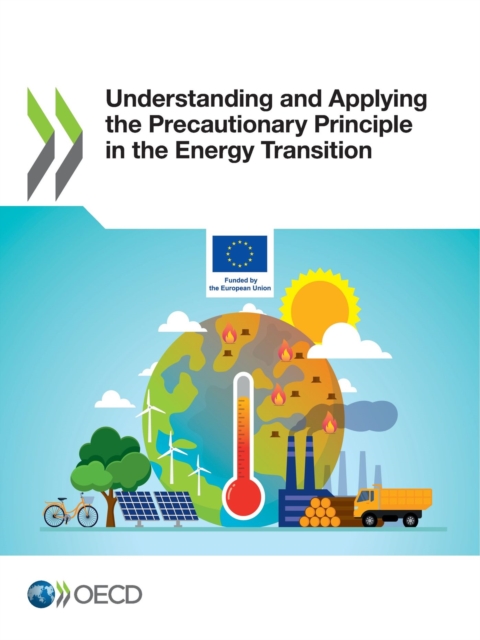
Understanding and Applying the Precautionary Principle in the Energy Transition PDF
by OECD
Description
<img src="https://assets.oecdcode.org/ilibraryres/img/eufunded-banner3.png" class="img-responsive" style="width:80%; padding-bottom:5px;" alt="EU Funded Note"/>
The precautionary principle has been an important aspect of regulatory delivery for nearly four decades. Now widely applied and with a global reach, the principle is often invoked whenever the scientific evidence surrounding the safety of a given technology is not conclusive. It is often applied where a safety risk is known to exist, but the probability and magnitude of harm are uncertain or unknown. The principle thus supports — and is an important element of — risk-based regulation. It is an important principle for the energy transition, in particular, though it is complex to apply in practice. The safety risk of technologies supporting the energy transition is immediate, which can lead regulators to operate and apply the principle over-cautiously — sometimes to the extent of complete inaction. This report examines how the precautionary principle can be used to support flexible decision making by helping regulators and operators manage risk through positive action.
Information
-
Download - Immediately Available
- Format:PDF
- Pages:108 pages
- Publisher:OECD Publishing
- Publication Date:30/06/2023
- Category:
- ISBN:9789264382589
Information
-
Download - Immediately Available
- Format:PDF
- Pages:108 pages
- Publisher:OECD Publishing
- Publication Date:30/06/2023
- Category:
- ISBN:9789264382589






